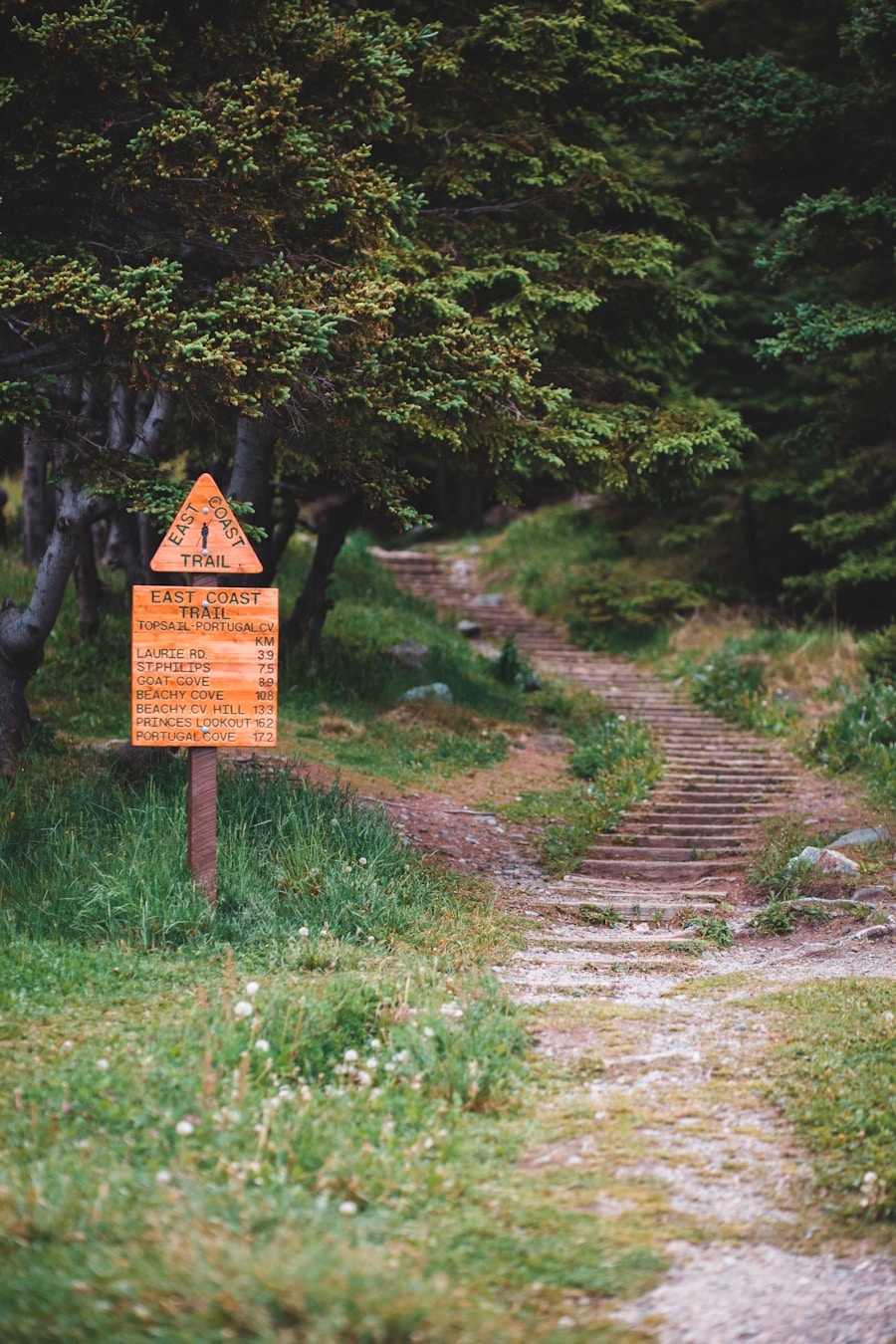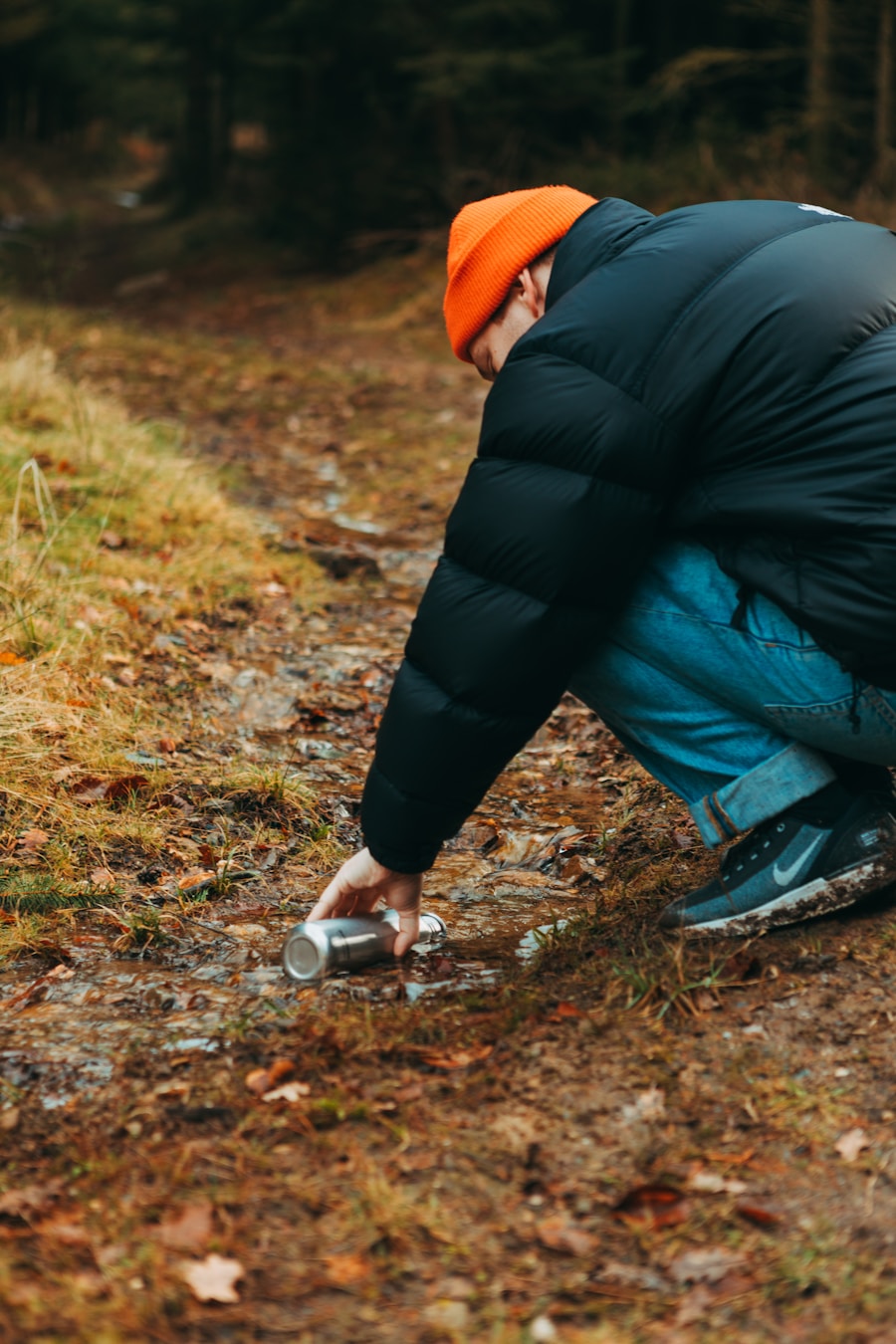Tick bites pose significant health risks, primarily due to the various diseases these small arachnids can transmit. Among the most notorious is Lyme disease, which is caused by the bacterium Borrelia burgdorferi and is primarily spread by the black-legged tick, also known as the deer tick. Lyme disease can lead to severe long-term health issues if not treated promptly, including joint pain, neurological problems, and heart complications.
The Centers for Disease Control and Prevention (CDC) estimates that approximately 300,000 cases of Lyme disease are reported annually in the United States alone, highlighting the importance of awareness and prevention. In addition to Lyme disease, ticks can transmit other serious illnesses such as Rocky Mountain spotted fever, anaplasmosis, and babesiosis. Each of these diseases presents its own set of symptoms and potential complications.
For instance, Rocky Mountain spotted fever can cause high fever, rash, and even death if left untreated. The risk of contracting these diseases increases in certain environments, particularly wooded or grassy areas where ticks thrive. Understanding these risks is crucial for anyone who spends time outdoors, whether for recreation or work.
Key Takeaways
- Tick bites can lead to serious illnesses such as Lyme disease and Rocky Mountain spotted fever, so it’s important to understand the risks and take preventive measures.
- When hiking, choose clothing that covers as much skin as possible and consider treating your clothes with permethrin for added protection against ticks.
- Select a tick repellent that contains at least 20% DEET and apply it to exposed skin and clothing according to the product instructions.
- Minimize exposure to ticks while hiking by staying in the center of trails, avoiding tall grass and brush, and regularly checking for ticks on yourself and your pets.
- After hiking, thoroughly check yourself, your gear, and your pets for ticks, and promptly remove any ticks you find to reduce the risk of tick-borne illnesses.
Dressing for Success: Choosing the Right Clothing for Tick Prevention
When venturing into tick-prone areas, selecting appropriate clothing is a fundamental step in prevention. Opting for long-sleeved shirts and long pants can significantly reduce skin exposure, making it harder for ticks to latch onto your body. Light-colored clothing is particularly advantageous as it allows for easier detection of ticks against the fabric.
Additionally, wearing tightly woven fabrics can help prevent ticks from penetrating through the material. Incorporating specific clothing items designed for tick protection can further enhance safety. Some outdoor apparel brands offer garments treated with permethrin, an insect repellent that remains effective even after multiple washes.
Wearing gaiters over your pants and tucking your pants into your socks can create a barrier that makes it more difficult for ticks to reach your skin. By dressing strategically, you can significantly lower your risk of tick bites while enjoying outdoor activities.
Choosing the Right Repellent: Tips for Selecting and Applying Tick Repellent

Selecting an effective tick repellent is essential for outdoor enthusiasts. The CDC recommends using repellents that contain at least 20% DEET, which has been proven to provide long-lasting protection against ticks. Other effective ingredients include picaridin and oil of lemon eucalyptus.
When choosing a repellent, it’s important to consider the duration of your outdoor activity; higher concentrations of active ingredients may be necessary for extended exposure. Proper application of tick repellent is just as crucial as choosing the right product. Apply repellent to all exposed skin and clothing, ensuring even coverage.
For clothing, it’s advisable to treat garments with permethrin before heading out, as this provides an additional layer of protection. When applying repellent to your face, spray it onto your hands first and then apply it to avoid contact with your eyes and mouth. Reapplication may be necessary after sweating or swimming, so always check the product instructions for guidance on how often to reapply.
Staying on the Trail: How to Minimize Exposure to Ticks While Hiking
| Tick Prevention Tips | Effectiveness |
|---|---|
| Wear long sleeves and pants | High |
| Use insect repellent with DEET | High |
| Stay in the center of the trail | High |
| Avoid sitting on the ground | Medium |
| Check for ticks after hiking | High |
One of the most effective strategies for minimizing tick exposure while hiking is to stay on designated trails. Ticks are commonly found in tall grasses and dense underbrush, so sticking to well-maintained paths reduces the likelihood of brushing against vegetation where ticks may be waiting. When hiking with a group, maintaining a single-file line can also help limit contact with potentially infested areas.
Additionally, planning hikes during the middle of the day when ticks are less active can further reduce risk. Ticks tend to be more active in cooler temperatures and higher humidity levels, typically in the early morning and late afternoon. By choosing to hike during peak sun hours, you may encounter fewer ticks.
Carrying a walking stick can also help you navigate through brush without direct contact with vegetation, providing an extra layer of protection against ticks.
Post-Hike Check: The Importance of Checking for Ticks After Your Hike
Conducting a thorough tick check after spending time outdoors is a critical step in preventing tick-borne illnesses.
It’s advisable to perform this check as soon as possible after returning home. Start by examining your body carefully, paying close attention to areas where ticks are likely to hide, such as behind the ears, underarms, behind the knees, and around the waistline.Using a mirror can help you inspect hard-to-see areas. In addition to checking yourself, it’s important to inspect your clothing and gear as well. Ticks can easily hitch a ride on backpacks or jackets, so shaking out clothing and gear before bringing them indoors can help prevent ticks from entering your home environment.
If you find a tick attached to your skin during your check, it’s crucial to remove it promptly and correctly using fine-tipped tweezers to grasp the tick as close to the skin’s surface as possible.
Tick-Proofing Your Gear: Tips for Keeping Ticks Off Your Backpack and Gear

Tick-proofing your gear is an essential part of outdoor preparation that often goes overlooked. Ticks can latch onto backpacks, tents, and other equipment during hikes or camping trips, making it vital to take preventive measures before and after outdoor activities. One effective strategy is to store gear in sealed plastic bags when not in use; this minimizes exposure to ticks that may be present in your home or garage.
When returning from an outdoor excursion, it’s beneficial to shake out all gear thoroughly before bringing it inside. This simple action can dislodge any ticks that may have hitched a ride on your belongings. Additionally, washing clothing in hot water and drying it on high heat can kill any ticks that may be clinging to fabric.
For tents and sleeping bags, consider using a vacuum cleaner with a hose attachment to remove any potential ticks before packing them away.
Creating a Tick-Free Zone: Tips for Keeping Ticks Out of Your Campsite or Resting Area
Establishing a tick-free zone at your campsite or resting area is crucial for ensuring safety during outdoor activities. Start by selecting a campsite that is away from dense vegetation and tall grasses; instead, opt for open areas with minimal brush where ticks are less likely to thrive. Creating a buffer zone around your campsite by clearing away leaf litter and tall grass can further reduce tick populations in your immediate vicinity.
Using wood chips or gravel as ground cover around your campsite can also deter ticks from entering your area. These materials create an inhospitable environment for ticks while providing a comfortable surface for sitting or walking. Additionally, setting up tents away from tree lines and dense shrubbery minimizes contact with potential tick habitats.
Regularly inspecting your campsite for signs of ticks and taking proactive measures can help maintain a safe environment throughout your stay.
Knowing the Symptoms: How to Recognize and Respond to Signs of Tick-Borne Illnesses
Awareness of the symptoms associated with tick-borne illnesses is vital for prompt diagnosis and treatment. Common early signs of Lyme disease include fever, chills, fatigue, muscle aches, and swollen lymph nodes. A characteristic rash known as erythema migrans may also develop within three to 30 days after a tick bite; this rash often resembles a “bull’s-eye” pattern and should not be ignored.
For other tick-borne diseases like Rocky Mountain spotted fever, symptoms may include high fever, headache, abdominal pain, and a distinctive rash that typically appears several days after the onset of fever. If you experience any of these symptoms following a tick bite or after spending time in tick-infested areas, it’s crucial to seek medical attention promptly. Early diagnosis and treatment are key factors in preventing severe complications associated with these illnesses; therefore, being vigilant about symptoms can make all the difference in outcomes related to tick-borne diseases.
When hiking, it is important to take precautions to prevent ticks and the potential diseases they carry. One helpful article on this topic is this guide on how to prevent ticks while hiking. This article provides valuable tips on how to protect yourself from ticks while enjoying the great outdoors. Additionally, it is essential to have the right gear for hiking, such as the best ultralight tent for backpacking and the best carry-on luggage for international travel to ensure a safe and enjoyable experience.
FAQs
What are ticks and why are they a concern while hiking?
Ticks are small, blood-sucking parasites that can transmit diseases such as Lyme disease and Rocky Mountain spotted fever. They are commonly found in wooded and grassy areas, making them a concern for hikers.
How can I prevent ticks while hiking?
To prevent ticks while hiking, you can wear long-sleeved shirts, long pants, and tuck your pants into your socks to minimize skin exposure. You can also use insect repellent containing DEET on exposed skin and clothing.
Are there any specific areas where ticks are more prevalent?
Ticks are commonly found in wooded and grassy areas, as well as in areas with high brush and leaf litter. It’s important to be especially cautious in these types of environments while hiking.
What should I do if I find a tick on my body while hiking?
If you find a tick on your body while hiking, use fine-tipped tweezers to grasp the tick as close to the skin’s surface as possible and pull upward with steady, even pressure. After removing the tick, clean the bite area and your hands with rubbing alcohol, an iodine scrub, or soap and water.
Are there any specific times of year when ticks are more active?
Ticks are most active during the warmer months, typically from April to September. However, they can still be active in milder climates or during the winter if the temperature is above freezing.
